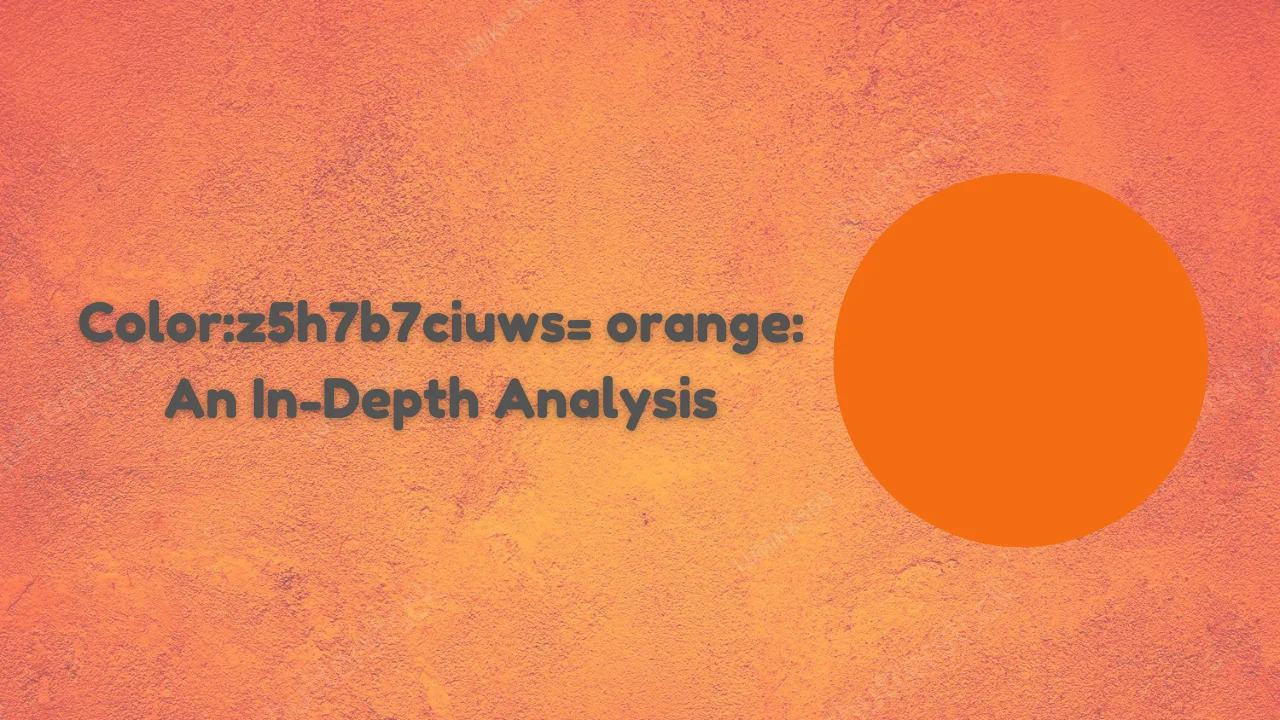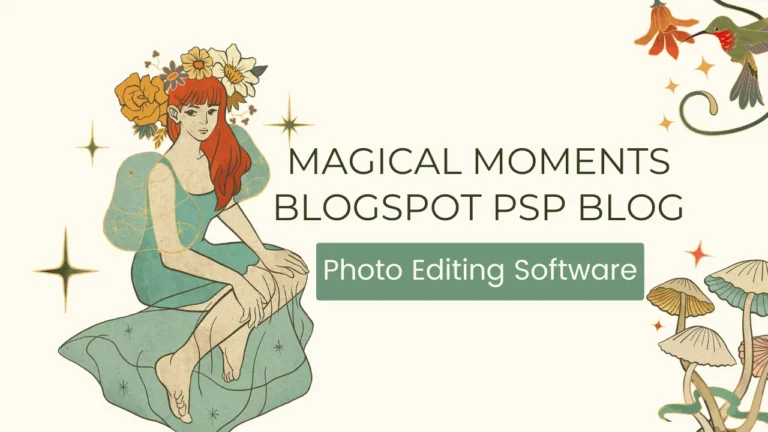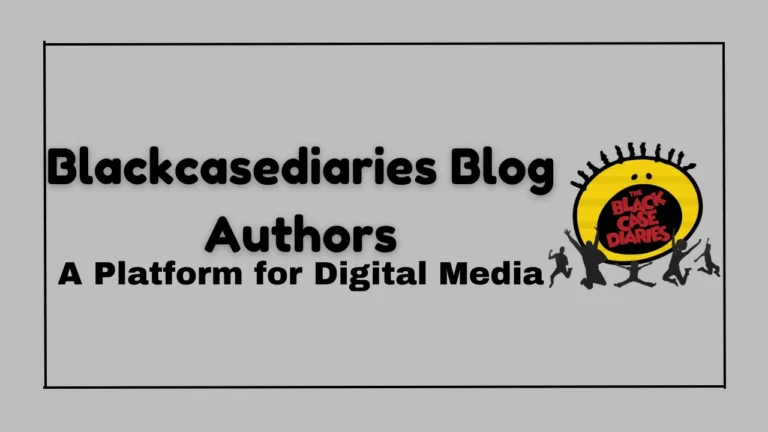
The phrase color:z5h7b7ciuws= orange may appear unfamiliar at first glance. It doesn’t follow the typical color-coding systems like HEX or RGB. However, in a digital world filled with complex programming languages, codes, and creative expressions, such a string could be a representation or a reference within a specific context. This article will delve into what color:z5h7b7ciuws= orange might signify, its potential applications, and how it can be related to the broader concept of the color orange.
What is color:z5h7b7ciuws= orange?
color:z5h7b7ciuws= orange appears to be a randomly generated or coded string rather than a standard color code or format recognized by any color systems like RGB, HEX, or CMYK. The inclusion of “orange” suggests that the string may be related to the color orange, but the specific sequence “z5h7b7ciuws” doesn’t correspond to any known color encoding.
If you’re dealing with a system or platform that uses this string format, it’s possible that the color might be defined within that specific context or software. Generally, the color orange is associated with warmth, energy, and creativity. It is a secondary color created by mixing red and yellow and is widely used in design to grab attention or convey enthusiasm. However, the string itself likely needs to be interpreted within its intended context to understand its exact meaning.
The Significance of Orange in Design
Orange is a vibrant, attention-grabbing color that sits between red and yellow on the color spectrum. It is associated with warmth, enthusiasm, and creativity. Whether in graphic design, fashion, or marketing, orange is often used to evoke a sense of excitement and to draw attention. Given that color:z5h7b7ciuws= orange references this color, it may be utilized in a specific system or code where orange plays a significant role.
Possible Interpretations of “color= orange”
While color:z5h7b7ciuws= orange does not correspond to any standard color code, it might be a placeholder or a custom reference within a specific application or software. Developers often use unique strings to represent colors in a way that makes sense within their coding environment. For example, it might be part of a larger set of coded instructions where “z5h7b7ciuws” is the key, and “= orange” is the assigned color.
How Colors Like Orange are Used in Digital Spaces
In digital design, colors are crucial for creating a user-friendly experience. The color orange is frequently used in call-to-action buttons, alerts, and highlights because of its ability to capture attention. If color:z5h7b7ciuws= orange is part of a coding language or a style sheet, it likely serves to apply the orange color to a specific element within a digital interface.
Usage of Orange in Web Design
| Application | Purpose | Why Orange? |
|---|---|---|
| Call-to-Action | Encourage clicks and engagement | Eye-catching and stimulating |
| Alerts/Warnings | Draw attention to important info | Easily noticeable and urgent |
| Branding Elements | Convey energy and creativity | Vibrant and memorable |
Understanding Custom Color Strings
Custom color strings like color:z5h7b7ciuws= orange might be part of a broader system where unique identifiers are essential. These strings could be used in large-scale projects to ensure consistency across different platforms or applications. For instance, in a custom CMS (Content Management System), developers might define colors using unique strings to apply them universally across various pages or components.
The Broader Implications of Using Orange
The color orange is not only significant in digital design but also in marketing, branding, and even psychology. Studies have shown that orange can evoke feelings of warmth, friendliness, and confidence. This makes it a popular choice for brands looking to establish a welcoming and energetic identity. If color:z5h7b7ciuws= orange is used in a design or coding context, it might aim to leverage these psychological effects to create a positive user experience.
Where to Find and Use Custom Color Codes
If you encounter or need to use custom color strings like color:z5h7b7ciuws= orange understanding their context is key. These strings might be defined within specific software documentation or design systems. Designers and developers should ensure they are consistently used across projects to maintain brand integrity and design cohesion.
How to Implement color:z5h7b7ciuws= orange in Projects
For those working with custom color codes, it’s essential to have a clear understanding of how to implement them. Whether you’re a developer integrating colors into a website or a designer ensuring brand consistency, knowing how to apply these codes effectively will help you maintain a cohesive look and feel across your projects. Consistency is crucial when using colors, especially vibrant ones like orange, to ensure that your audience receives a unified message.
Steps to Implement Custom Color Codes
| Step | Description |
|---|---|
| Identify Context | Determine where the color code is used |
| Define in Stylesheet | Add the code to your CSS or style guide |
| Apply Consistently | Use the code uniformly across all elements |
| Test for Accessibility | Ensure the color is readable and accessible |
Some color schemes and their uses
| Color Scheme | Primary Colors | Common Uses | Why It Works |
|---|---|---|---|
| Monochromatic | Shades and tints of a single color | Branding, minimalist design, corporate websites | Creates a clean, cohesive look that is easy on the eyes |
| Analogous | Colors next to each other on the color wheel (e.g., blue, green, teal) | Nature-inspired themes, soothing environments | Provides a harmonious and natural look |
| Complementary | Opposite colors on the color wheel (e.g., blue and orange) | High-contrast designs, attention-grabbing elements | Offers strong visual contrast and highlights key elements |
| Triadic | Three evenly spaced colors on the color wheel (e.g., red, yellow, blue) | Vibrant and dynamic designs, playful themes | Balances color variety while maintaining harmony |
| Split-Complementary | One base color and two adjacent colors to its complement (e.g., blue, orange, yellow-orange) | Complex designs, branding with more depth | Adds visual interest with less tension than complementary schemes |
| Tetradic (Double Complementary) | Two complementary color pairs (e.g., blue, orange, red, green) | Rich and vibrant designs, complex color palettes | Provides a diverse yet balanced color experience |
| Neutral | Black, white, grays, browns | Backgrounds, typography, professional settings | Creates a subtle, sophisticated look that doesn’t distract from content |
| Warm | Reds, oranges, yellows | Energetic designs, calls to action, food-related brands | Evokes warmth, excitement, and positivity |
| Cool | Blues, greens, purples | Calm environments, healthcare, technology | Conveys tranquility, professionalism, and reliability |
Frequently Asked Questions
What does “color= orange” mean?
Color= orange appears to be a custom or coded string likely used in specific digital environments to represent the color orange.
Is color= orange a standard color code?
No, it is not a standard color code like HEX or RGB. It seems to be a unique identifier used within a particular system or application.
How can color= orange be used in design?
It could be used in web design or coding to consistently apply the orange color across elements, depending on the context where this string is recognized.
Where can I find more information about color= orange?
Information specific to this string would likely be found in the documentation of the software or platform where it is used.
Conclusion
color:z5h7b7ciuws= orange might initially seem like a cryptic string, but it likely has practical applications within specific digital environments. Orange, as a color, is universally recognized for its warmth and energy, making it a valuable asset in various design and marketing efforts. If you come across custom color codes like this one, understanding their role and application will help you make the most of their potential in your projects. Whether you’re coding, designing, or managing a brand, the proper use of color can greatly enhance the effectiveness of your work.





